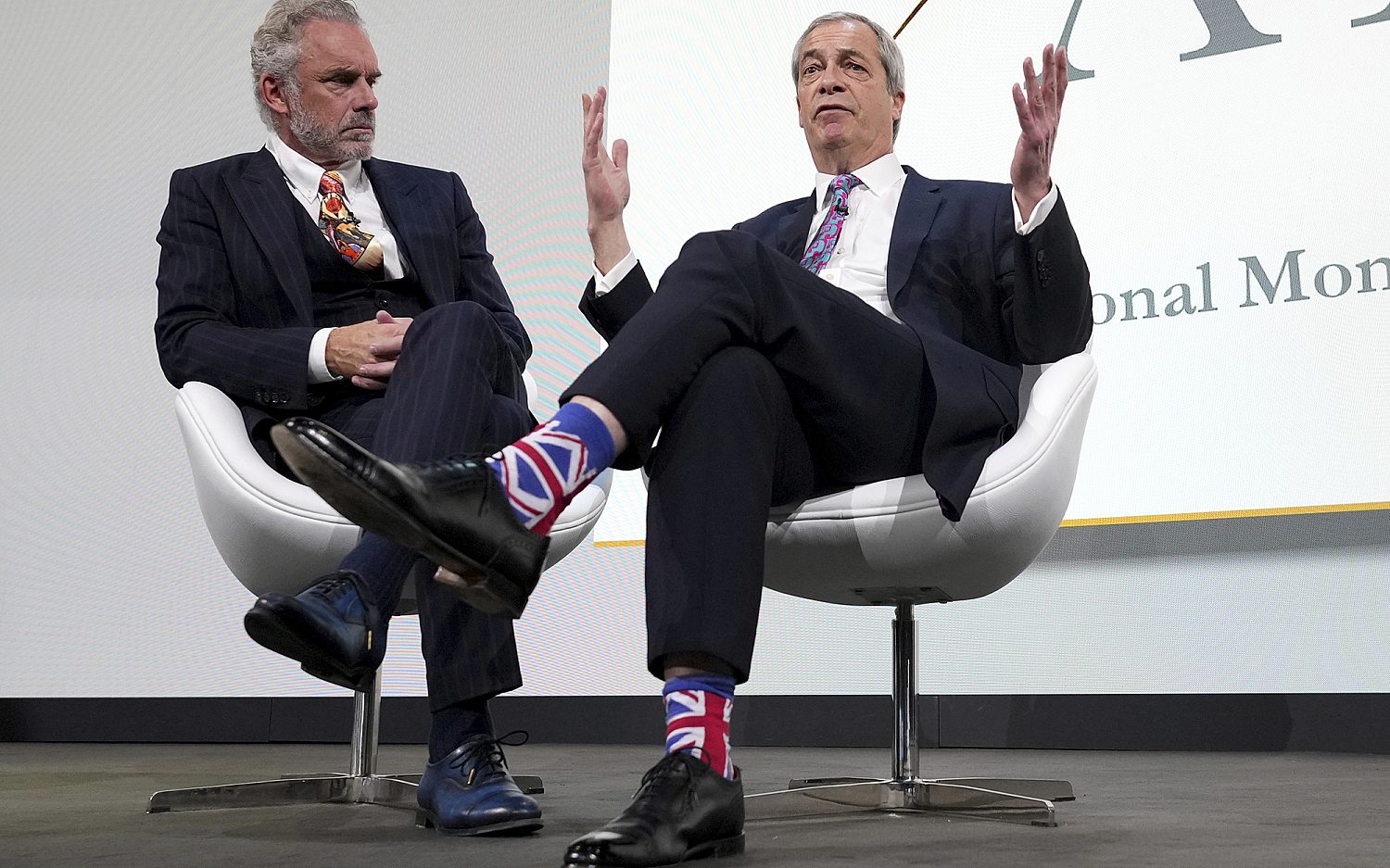Weekend Reads: Mind, body, and spirit
Spirituality in Patient Care: Why, How, When, and What
By Harold G. Koenig, M.D.
American medicine is increasingly paying attention to the spiritual part of patient care. Perhaps no individual has done more to show spirituality’s role in health than Dr. Harold Koenig, a professor of psychiatry at the Duke University School of Medicine. Koenig has published numerous influential scientific and popular works on this topic. In the third edition of Spirituality and Patient Care: Why, How, When, and What (Templeton Press, 2013), he provides a practical guide for health professionals.
Koenig offers three cogent reasons for clinicians to address spirituality: It helps clarify and fulfill goals of care, improves outcomes, and cares for the whole person. He encourages medical practitioners to ask patients about their spiritual needs, which “sends a message that this aspect of the patient’s identity is recognized and respected.” It also helps practitioners understand the role those beliefs and practices play in responding to illness, and helps to orchestrate spiritual resources for patients, which may include referring patients to chaplains and clergy.
Koenig urges practitioners to respect patients’ privacy. If they don’t want to talk about their spirituality, practitioners need to honor that. In addition, practitioners must not impose their beliefs on patients since doing so would be abusing their authority in an especially vulnerable time. Clinicians should also be aware of their limits. Patients needing intensive spiritual counseling should be referred to trained chaplains.
Most American medical schools now address spirituality in their curriculum, and the American College of Physicians encourages doctors to address that dimension of suffering. This third edition of Spirituality and Patient Care incorporates relevant research conducted since its previous publication. It remains a valuable guide for practitioners seeking to provide humane, holistic care. —James Marroquin
My Age of Anxiety: Fear, Hope, Dread, and the Search for Peace of Mind
By Scott Stossel
Scott Stossel’s My Age of Anxiety: Fear, Hope, Dread, and the Search for Peace of Mind (Knopf, 2014) begins with the author’s confession: “I have an unfortunate tendency to falter at crucial moments.” He then sums up his feelings of anxiety by explaining, “I’m like Woody Allen trapped in John Calvin.”
Starting at age 10, Stossel saw the same psychiatrist weekly for more than 20 years without notable signs of improvement. Now a successful editor and writer, he weaves his experiences of debilitating anxiety with academic insight and historical research.
Sadly, at no point does Stossel offer any spiritual insight. Instead, he understands his redemption as simply making the best of it. After all, if the greatest minds battled the same malady and managed to live productive lives, why couldn’t he do likewise? —Gaye Clark
An actual newsletter worth subscribing to instead of just a collection of links. —Adam
Sign up to receive The Sift email newsletter each weekday morning for the latest headlines from WORLD’s breaking news team.




Please wait while we load the latest comments...
Comments
Please register, subscribe, or log in to comment on this article.